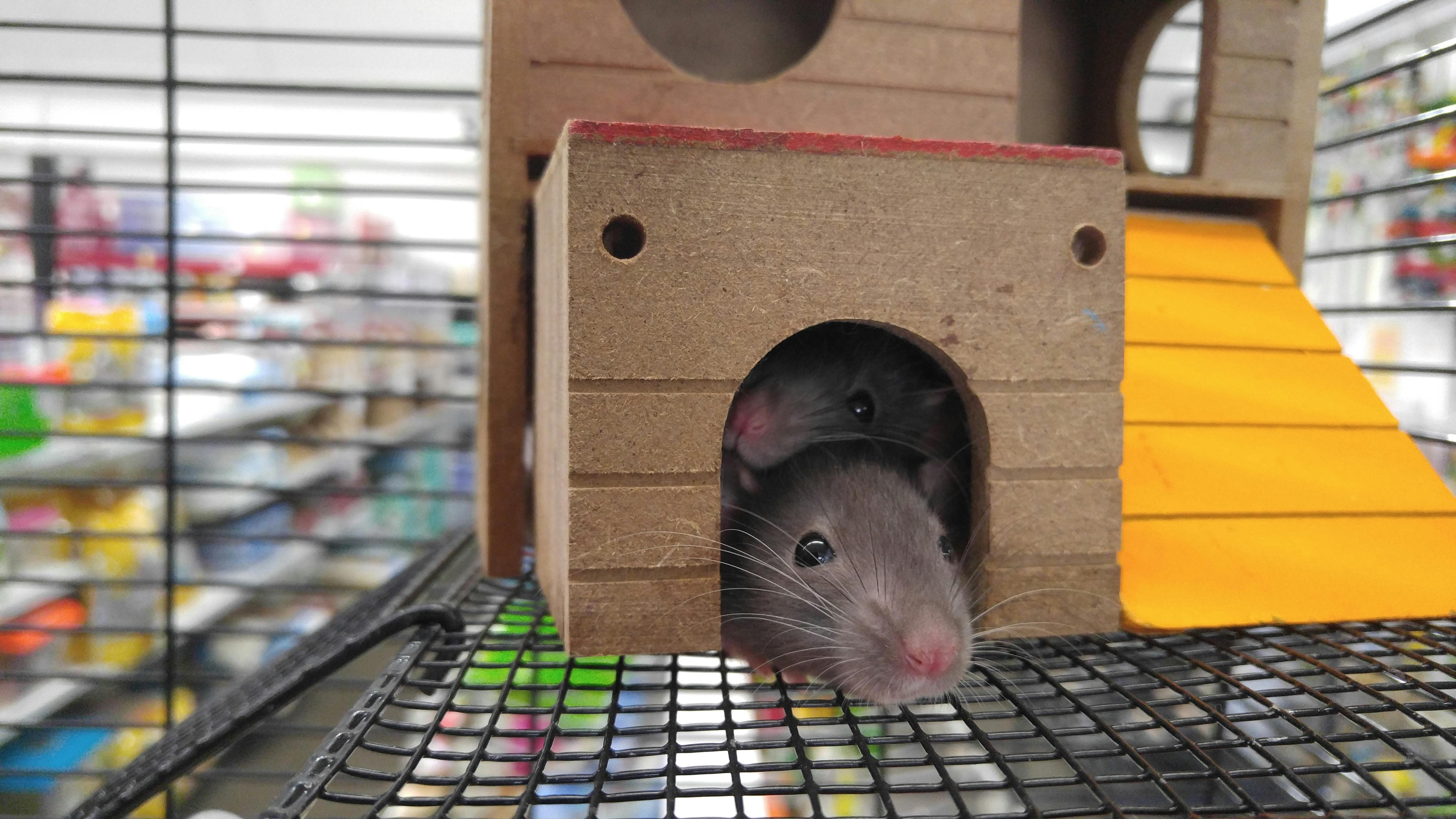Which Rodents Thrive in Environments With Multiple Hiding Spaces?

Which rodents Thrive in Environments With Multiple Hiding Spaces?
When setting up a habitat for pet rodents, one crucial aspect that often gets overlooked is the provision of adequate hiding spaces. Rodents, by nature, are prey animals and their survival in the wild depends significantly on their ability to hide from predators. This instinctive need for a secure hideout carries over even in the safe confines of captivity. Therefore, creating an environment that includes multiple hiding places is essential for their psychological and physical well-being. Let's explore some of the rodents that thrive best in such setups.
Understanding the Need for Hiding Spaces
Rodents feel safest when they have quick access to shelter. In the wild, the ability to hide is vital for their survival. In a domestic setting, even though they are safe from predators, the instinct to hide remains strong. Hiding places help reduce stress, provide a sense of security, and can prevent behavioural issues. When a rodent feels exposed or stressed due to a lack of privacy, it may become more susceptible to illnesses or exhibit aggression.
Best Rodents for Enclosures with Multiple Hides
1. Hamsters
Hamsters are solitary creatures and often prefer living alone. They are particularly keen on having private places to retreat to. A setup with multiple hiding spots helps mimic their natural environment which involves burrowing into deep, secluded spaces. Syrian hamsters, as well as dwarf varieties like the Roborovski, thrive in such environments.
2. Mice
Mice are incredibly curious and active. They not only use hiding places to feel secure but also love exploring them for fun. Providing a variety of hiding options like tunnels, boxes, and houses can keep them entertained and healthy.
3. Gerbils
Gerbils are also burrowing animals and have a similar need for digging and hiding. They enjoy environments that replicate the desert terrains of their natural habitats, such as sand baths and multiple layered hides.
4. Rats
Rats are highly intelligent and require both mental and physical stimulation. Rats benefit from complex environments that include different types of hiding places connected through tunnels or levels. This setup encourages their problem-solving skills and satisfies their need to explore and nest.
Designing a Multi-Hide Enclosure
When you decide to create or buy a habitat with multiple hiding spots, consider the size and individual needs of the rodent. For all these rodents, the materials used for making hiding spots should be safe and non-toxic. You can use simple cardboard boxes, commercial hides available in pet shops, or natural materials like wood and leaves depending on the rodent's requirements.
Moreover, these hides should be easy to clean as hygiene is crucial to prevent health issues. Regularly changing or cleaning the hides can avoid the buildup of harmful bacteria or pests.
Conclusion
Providing an environment rich in hiding spaces is not just a nice-to-have but a necessity for a rodent's health and happiness. Whether you choose hamsters, mice, gerbils, or rats, ensuring that they have access to suitable and safe hiding places will greatly improve their quality of life and can result in a happier, healthier pet. If you understand their needs and mimic their natural habitat as closely as possible, you will be rewarded with the sight of a thriving pet enjoying its space.